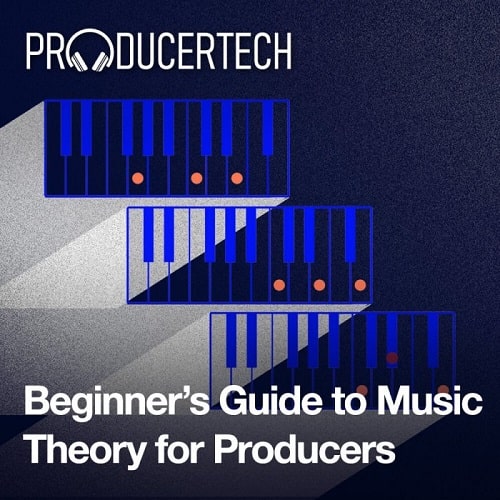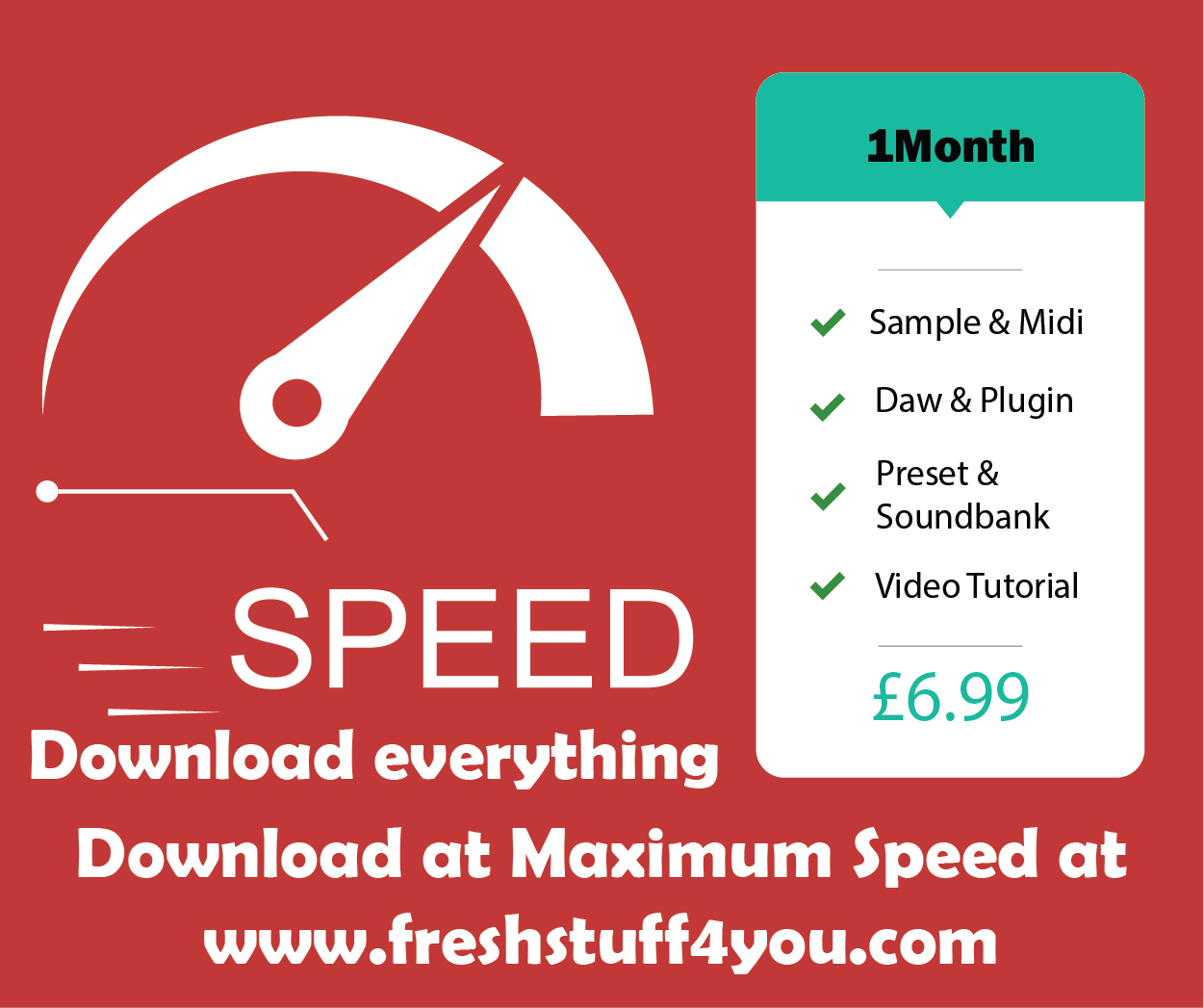
Beginner’s Guide to Music Theory For Producers TUTORIAL
With so many producers today approaching the art without any classical training in music, composing tracks with more melodic elements can be a challenging task. This course is designed to help students with little to no knowledge of music theory get a solid grasp on the basics, to help with creating quality basslines, leadlines, hooks and riffs in their music.
Going right from the very start, with a guide to the different musical notes, Rob then progresses onto the most popular scales, showing how they can be figured out and played in various ways, depending on your preferred workflow. These skills are then applied into some lengthier lessons that provide basic guidelines for making basslines and melodies.
Subsequent lessons then introduce students to polyphonic accompaniment, with simple intervals and chords, including the major and minor triads in their regular, transposed and inverted forms. All techniques are shown in practice along the way, through the construction of various phrases inside projects, including a guide to building your own chord progression. There’s also a lesson dedicated to arpeggios, showing what they are and how different MIDI tools can be utilised to create engaging rhythmic sequences.
Signing up to the course provides instant access to the streamed lessons, plus MIDI files of all the patterns made throughout the tutorials, in addition to a cheat sheet and even theory quiz, for putting any newly-acquired knowledge to the test. By the end of the course, students will be armed with all the necessary skills to confidently create musical parts in the key of their song, and have a deeper understanding of the theoretical side of music production.
Course Aims
• To be able to locate notes on a piano keyboard
• To know what the key of a song is
• To understand the meaning of scale, and basic types like major and minor
• To be able to create basslines and melodies in key
• To know what intervals and chords are, including the triad
• To know the basics of rhythm and using it to create more interesting melodic phrases
• To know the MIDI tools available to help with playing and composing in key
• To know how to compose without any MIDI tools or hardware
• To be able to make riffs with single intervals
• To be able to make simple chord progressions
• To know how to create arp lines, with or without an arpeggiator
Course Breakdown
Module 1 – Intro
Rob gives an introduction to music theory and the course, explaining the various topics that will be covered and goals to achieve once the course is completed. (1.37)
Module 2 – Music Theory Fundamentals
The basic principles of music theory, going from the very beginning with a look at the different notes and simple rhythms, as well as most popular scales like major and minor (natural).
- Lesson 1 – White Note Values (4.09)
- Lesson 2 – Black Note Values (5.21)
- Lesson 3 – Major Scale (4.47)
- Lesson 4 – Minor Scale (2.48)
- Lesson 5 – Rhythm (4.19)
Module 3 – Helpful MIDI Tools
A guide to the different kinds of MIDI devices, software and hardware, both DAW-factory and 3rd-party, to help with playing and composing in key. (5.42)
Module 4 – Bassline Basics
A comprehensive lesson that shows how an assortment of basslines can be made, from the simplest, through to more complex, lengthier patterns that move through many different notes in the scale.
- Lesson 1 – Fundamental Notes [1, 3 and 5] (7.03)
- Lesson 2 – Additional Notes (3.06)
- Lesson 3 – Using Hardware & Transposing to Different Keys (2.36)
Module 5 – Making Melodies
Techniques for creating melodies, including an introduction to target and passing notes, suspensions and resolutions, and motifs. (10.52)
Module 6 – Playing in Tricky Scales
A step-by-step guide to playing with a MIDI keyboard in a trickier scale-like Eb (starting on a black note), beginning with the hardest method and ending on the easiest. (8.51)
Module 7 – Intervals & Chords
A series of lessons introducing polyphonic accompaniment creation, starting with single intervals and then moving into chords, working through the triad in regular, inverted and transposed forms.
- Lesson 1 – Single Intervals (9.22)
- Lesson 2 – Regular & Inverted Triads (4.45)
- Lesson 3 – Chord Progressions (5.38)
Module 8 – Arpeggios
A guide to arpeggios, showing the traditional form and then moving into some different techniques for using arpeggiators in the DAW to make engaging rhythmic melodies. (9.30)
Module 9 – QWERTY Keyboard Quick Tip
A Quick Tip for playing in key with a QWERTY keyboard. (3.34)
Module 10 – Applying Techniques in the DAW
A realtime session, putting all techniques into practice, by making a bassline, leadline, pad line and arp sequence, purely with the mouse in the DAW. (16.22)







